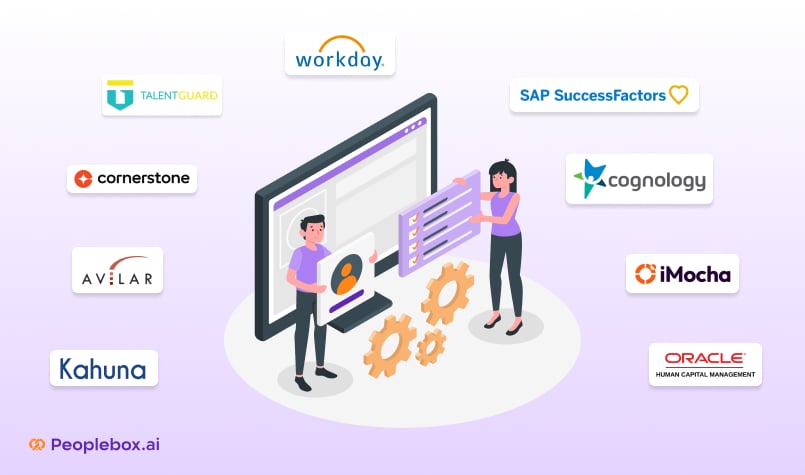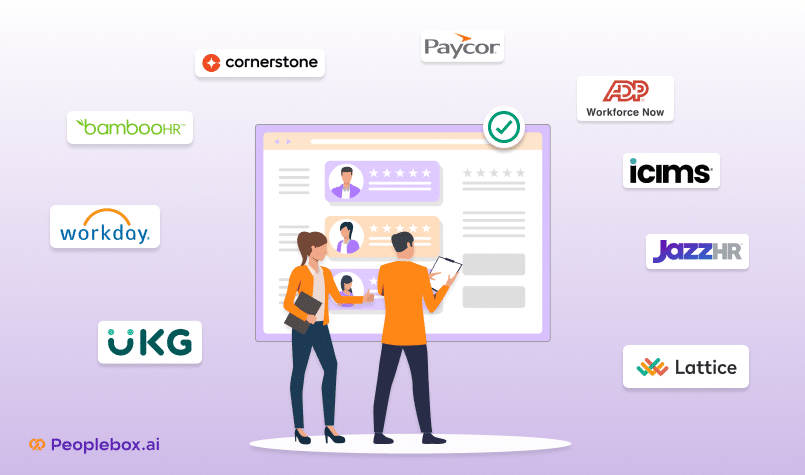There is a popular phrase “do what you love, or love what you do,”. Each individual tries to adhere to it by finding meaning in what he or she does.
Even though a lot of emphases is on the perception, there are various things that influence an employee to like or dislike her job.
While in most of the situations it is easy to understand if a staff is unhappy with her job or not. Sometimes some staff hide under the radar.
If your employee is unhappy with Job then this could harm the company’s productivity level and team morale.
Hence need for a replacement of a new employee could arise.
“The Biggest Concern of any organisation should be when their most passionate people become quiet.”
To understand if your employees are unhappy, we have listed 11 warning signs:
Signs Your Employee is Unhappy with His Job
Disinterest causing reduced efficiency.
Unhappy employees are high in showing disinterest in their work. They might not put an extra effort into doing what they are instructed to do.
For you to know if your employee is losing interest you must check his/her efficiency level.
If he or she is taking more time in doing some work that he or she was able to finish it faster earlier.
There are any changes in the pattern of delivering tasks or delay in completion of any project. It is a red flag for you.
You may check if the employee is often late in reaching office and is lethargic even before starting the work.
Such employees do not benefit the company until provided with favourable conditions.
Unhealthy interpersonal relationships.
An unsatisfied employee will definitely begin to project his feelings onto other employees. The frustration or dissatisfaction will be clearly evident in the behaviour pattern of the employee.
You must keep a check on your employees and also if any employee has issues with another employee’s behaviour, then this could be a sign that the employee might be dissatisfied with his job.
Such issues should be taken into consideration. You might want to check the cause of the problem and also observe the behaviour pattern of that employee.
Some of the common observations could be alienation, or indulging in constant fights.
Overuse of phones or misuse of time
One of the common and easy observations to make is to catch employees using their phones during the working hours.
Many employees might also begin to take longer lunch breaks, too many short breaks, coming late to the office, leaving early from the workplace, talking a lot with other individuals in the work area, day-dreaming, and doing anything but productive work!
Productivity reduces by the 9th hour
Michael Kerr, a celebrated HR guru suggests that observing a reduction in productivity is the key to understand your employee is unhappy.
Hence if you notice any of your employees feeling fatigued or stressed out by the 9th hour, then you must first take into consideration the age of the employee.
That is if the employee is above the age of 50, he or she might feel fatigue which is quite normal.
But if your employee is a young adult and still feels fatigued or stressed out and waits for the office hour to get over so that he/she can leave home.
He surely has an unhappy attitude towards work.
Customer complaints
Incomplete jobs, unattended customers, dissatisfied customers are also a sign of unhappy employees.
Make sure this is the last possible way you find out that your employees are unhappy.
You’ll not only be losing out on the employees but also on a lot of business.
Lesser the complaints from the customers more will be the productivity from the side of your employees.
Lack of team cohesiveness
Over 57% of employees in a study conducted in the UK suggested that the team effort and a close friend in the company made their working more enjoyable. It means that if your employee doesn’t have close friends or isn’t proximate with the team, there are chances that the employee is moving out.
Team effort helps in the betterment and productivity of the company.
If there is no bonding between the group members it is a sign that there is a lack of team cohesiveness.
If any of your employees is slowly showing signs of withdrawal from the team or is facing trust issues with the team members, this could be a sign that your employee is unhappy at work.
Also if the employee is playing the blame-game without taking any responsibilities for his actions, this could be an indication that the employee is unhappy with his work.
Zero Creativity
With productivity, a rapid decrease to null creativity can be observed in employees wanting to quit or thinking about quitting.
A study in the United States stated that every employee will show creativity in one or the other way to benefit from his work and increase the productivity of the company.
With unhappiness in the working pattern, the employee might begin to show a decline in creativity or sometimes even show none.
Increased absenteeism
Employees might begin to show disinterestedness in the work and might avoid being present in the work areas.
Gluten conducted a study that suggested that over 14% of the unsatisfied employee force would begin to be absent in the workspace.
Some of them might leave for work and loiter around or stay in the park and return home at the time of the closing hours.
Stagnant position
A recent study conducted by Dr Chamberlain and Smart suggest that within a span of 10 months, every employee moves a scale up from their previous position.
If you begin to notice that the employee hasn’t scaled up there are more chances for the employee to leave the company.
These signs will help you to screen if any or all of your employees fall into the category of being unhappy and dissatisfied. It also means that you are about to lose an employee.
To lose an employee is close to losing tens of 1000s of dollars; the company is losing out on a lot on the productivity.
Also, after the employee leaves the job, you’ll also be busy looking for a replacement, meaning loss of time; you’ll also be advertising, again, loss of energy and of course, money; then you’ll invest resources in training the individual to be fit for your company, meaning loss of cognition.
What can you do?
There are a lot of things as an employer you should do to increase employee-efficiency and also withhold the company’s productivity.
Open Door Policy According to the Open door policy the company’s CEO, MD, supervisor or president is supposed to leave their door open so as to encourage openness and transparency with the employees.
This could result in building up trust between the employer and the employee and the employee might feel free to speak out his problems with the employer.
Meetings
Adjunct to Open Door Policy, regular meetings should be held where the employee is free to ask questions and keep his point of view, the HR should make sure that the employees are involved in the decision making process.
They should also be made aware of the vision of the company.
This will encourage the employees to work more efficiently.
Show them you are listening
8 out of 10 employees dislike their jobs because they feel unheard, especially in front of their bosses.
Considering that, listening to the employees and giving them space to talk about their grievances and helping to resolve them can be beneficial.
Acknowledge their extra effort
Credit the creator. If your employee has put in extra effort, credit him/her. Merely acknowledging their effort tends to make them feel treated fairly and want to give more inputs to the company.
You might not always be in a position to give them a promotion but increasing their salary or incentives on extra efforts will not only be brownie points for the employee but also for you and your company.
Pat on the back, Employee of the Month etc are few perks which you can provide to boost their morale.
Try to maintain healthy competition among the employees
Having competition among the peer employees is important. This makes the employees want to achieve more.
However, it is important to maintain healthy competition to not create unnecessary ruckus and rivalry among your own employees.
Distribute the workload
7 out of 15 employees feel burdened with extra work. Maybe, as an employer you believe that a particular employee will be able to handle the pressure or would work better than the others, it is very important to equally distribute the workload.
Haphazard distribution can also lead to making the employee feel unfair.
Reduce the hours of work
Over 200 employees from Aditya Birla Capital, TCS, and Deloit gave feedback about working hours in their companies.
Almost all of these reviews mentioned how the long working hours and too much of workload makes them not want to suggest positively about their own companies.
One more thing which should be considered is employees are “always on work” because they are constantly connected to email via their smartphone.
The employer should make a point to have fewer/No emails answered after work hours.
Conclusion
Employee satisfaction is one of the most important criterions to keep in mind. The happiness of an employee is directly linked to the quality and productivity of your company.
If you are not capturing employee feedback and measuring employee satisfaction using a real-time employee engagement software, you are missing on a lot of powerful insights that can help your best employees stay.
Keep these things in mind and you can help both, your company and your employees.







